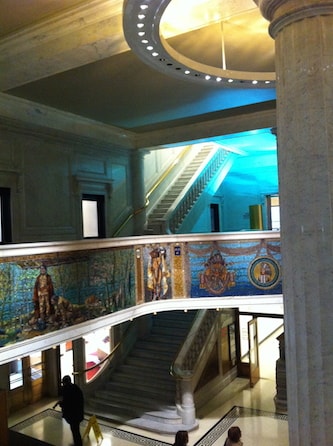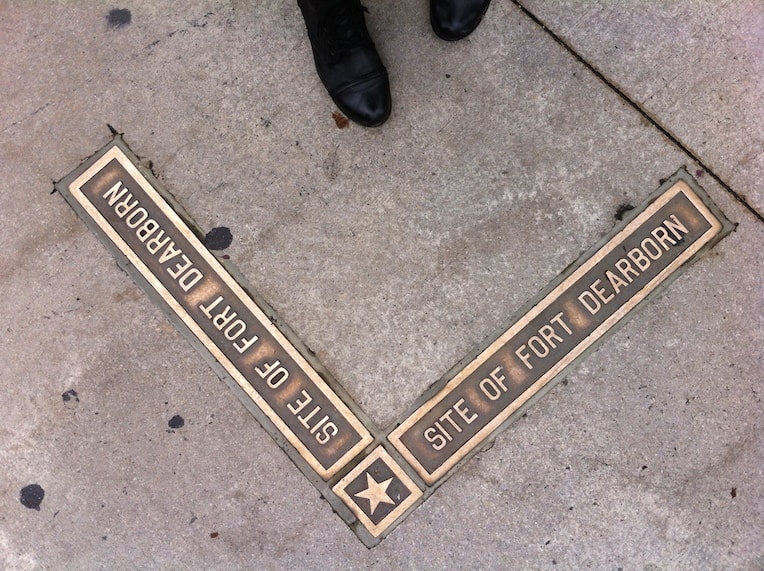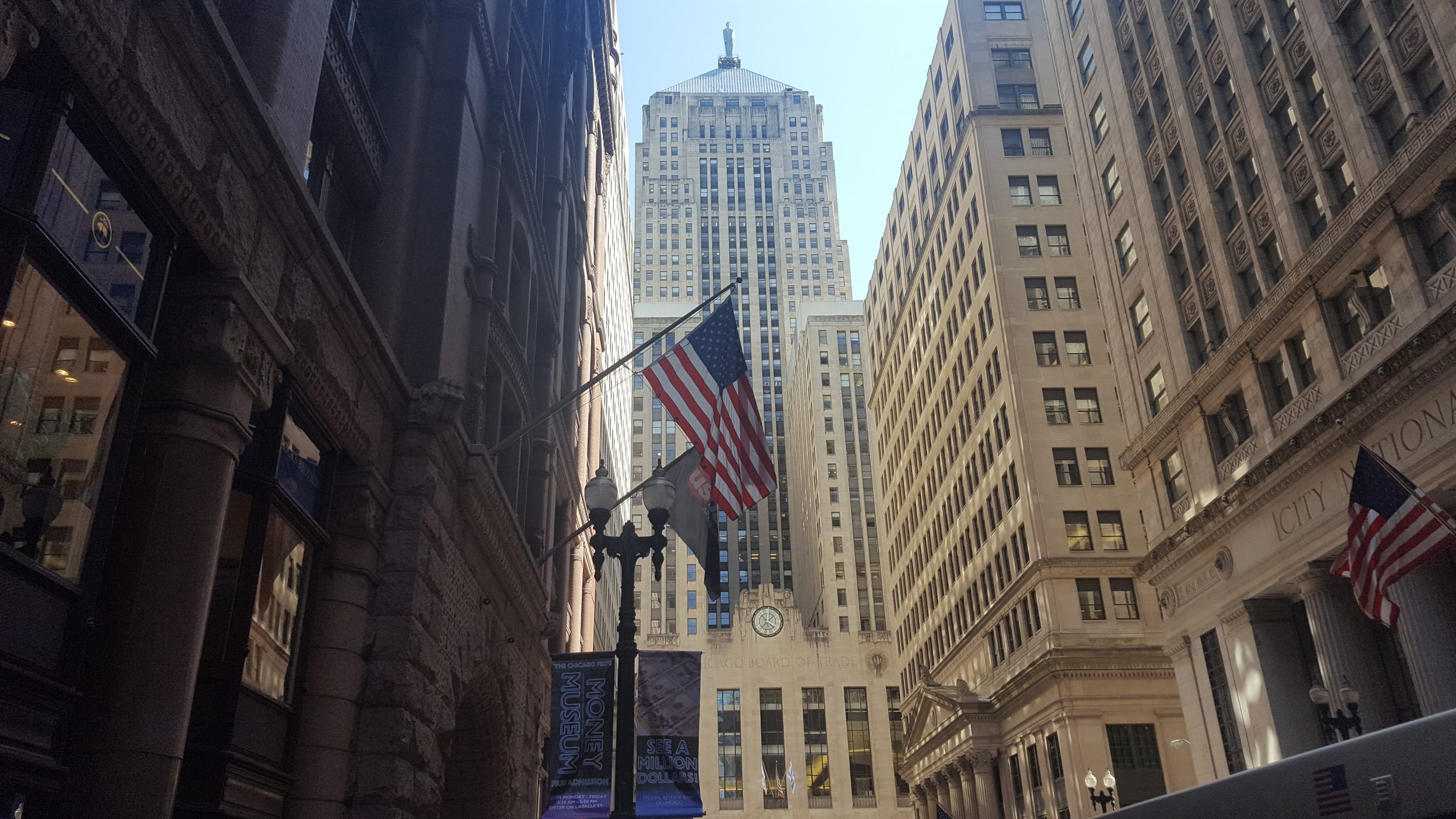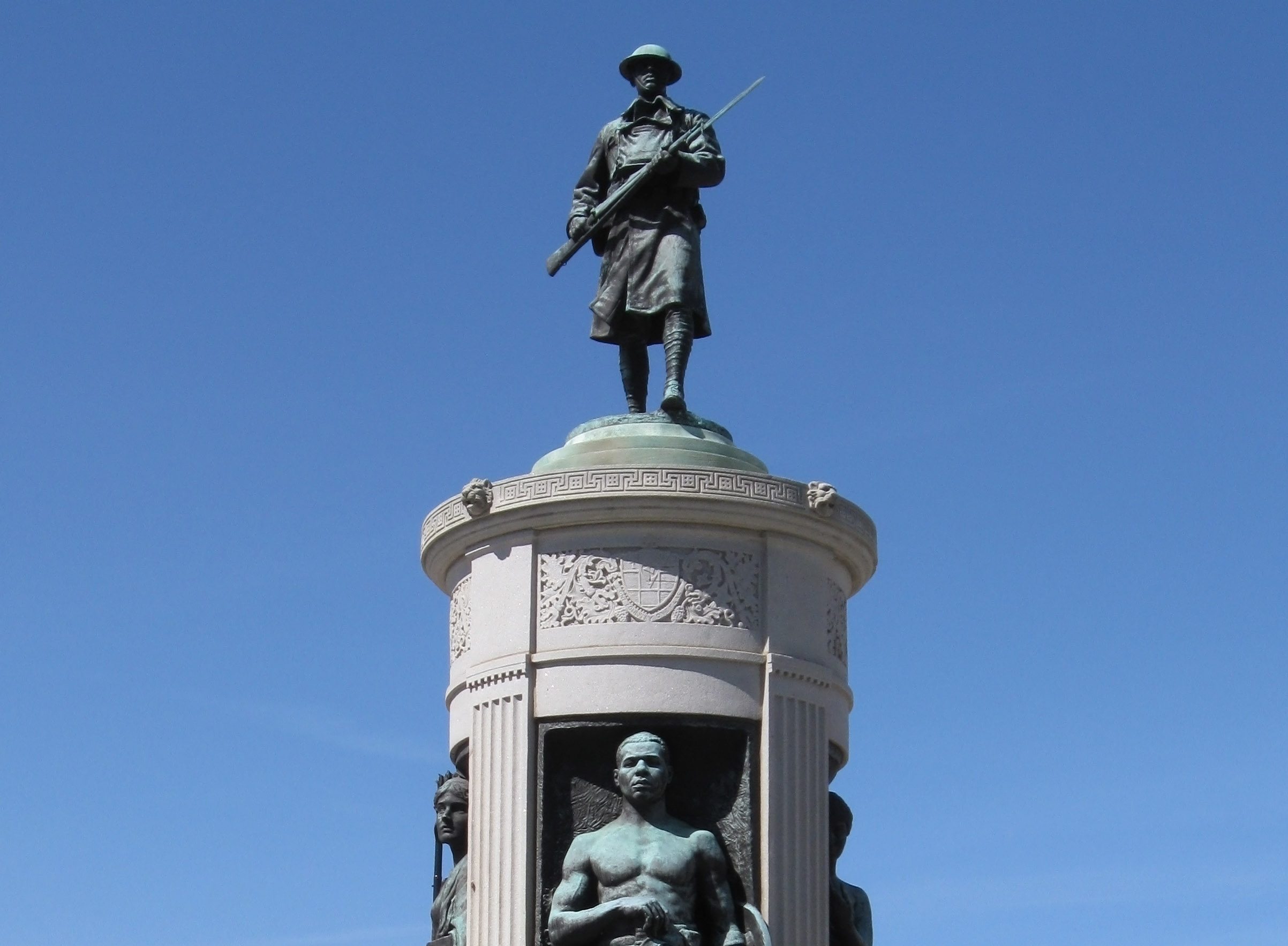Our national holiday, Thanksgiving, reminds me of the Native American history in Chicago. Native Americans, of course, were the first settlers in this region. In school we don’t learn much about Native American history beyond Thanksgiving. But in Chicago there is much more to Native American influence on the city, beginning with its name.
What’s in a Name?
 The word for the wild leek that grew in our river, used by the tribes of the Illinois and Miami, is said to have created the name “Chicago.” We know this from 17th century explorers like Father Jacques Marquette, who explored the lakes and rivers alongside the Illinois people in the late 1600s. His accounts mapped the area and recorded names of people and places.
The word for the wild leek that grew in our river, used by the tribes of the Illinois and Miami, is said to have created the name “Chicago.” We know this from 17th century explorers like Father Jacques Marquette, who explored the lakes and rivers alongside the Illinois people in the late 1600s. His accounts mapped the area and recorded names of people and places.
His story is illustrated on the plaques and panels of the Marquette Building, built just before the turn of the 20th century by Holabird & Roche. While the entrance of this early skyscraper is impressive, don’t stop there! Step inside the lobby and you will be surrounded by a sparkling mosaic that depicts the life and travels of Chicago’s first European settler, Marquette. The mosaics were designed by Louis Comfort Tiffany (see more of his work on our Loop Interior Architectural Tour) and tell the stories of Marquette, his contemporaries, and the Native Americans in the area around Chicago.
Visit the Marquette Building
The lobby itself is striking as well, a two-story central light court as pictured here. Also, walk through the Marquette Building lobby to check out the architectural exhibit installed by the very influential and awesome MacArthur Foundation. You’ll learn more about the mosaics, the entire building architecture, and its historic preservation.
We also give thanks to the Native Americans in Chicago for many of our diagonal streets. Clark Street, Lincoln Avenue, Archer Avenue, Elston Avenue, and Milwaukee Avenue are some of the most prominent. Chicago’s first settlers built towns and forts along these well-established Native American trails. Their natives gave these trails names like “Woodstock Trail.” But those names are nearly lost to us nowadays. Settlers often changed the trail names to indicate destinations, like “Green Bay Trail” or “Road to Willow Brown’s.” As Chicago grew into a vast city, they had more descriptive names. Milwaukee Avenue was merely “Upper Northwest Plank Road.” Eventually, the city named most roads in honor or influential figures, nearly all early male settlers or leaders.
The Battle of Fort Dearborn
The history of Native Americans in Chicago culminates at the federal Fort Dearborn of the early 1800s, located at the mouth of the Chicago River. The American settlers there interacted with natives. During the War of 1812, Native Americans in Chicago were forced to pick sides between the Americans and the British. When American soldiers at Fort Dearborn were ordered to retreat, a group of Potawatamis who favored the British attacked and killed much of the group. Historians disagree on the name of this event, calling it either the Battle of Fort Dearborn or the Fort Dearborn Massacre, though a rose by any other name would smell as…bloody. We delve into the history of this historic event on our Architecture Walking Tour for Design Lovers.
Plaques on the sidewalk along Michigan Avenue and Wacker Drive, pictured above, show the site of Fort Dearborn. The southwest bridgehouse of the Michigan Avenue bridge shows a stone relief sculpture that commemorates the massacre. Here we see the American Captain William Wells defending civilians from the Native American attack.
After the War of 1812, the American government began removing Native Americans from Chicago. The army sent them to reservations west of the Mississippi River. This disconnected the growing city of Chicago from its heritage. During the first half of the 20th century, many Native Americans came to Chicago from rural locations. Just like African-Americans during the Great Migration, they came in search of the opportunities. Today, the population of Native Americans in Chicago is strongest on the North Side and up into Evanston. It’s interesting to consider what Chicago would have been like if European-descended settlers hadn’t moved into the area. I prefer, however, to celebrate the vast history of and connection to our city’s native inhabitants. Perhaps I’ll add some stinky leeks to my Thanksgiving Day menu.
-Elizabeth Tieri, Tour Guide


















